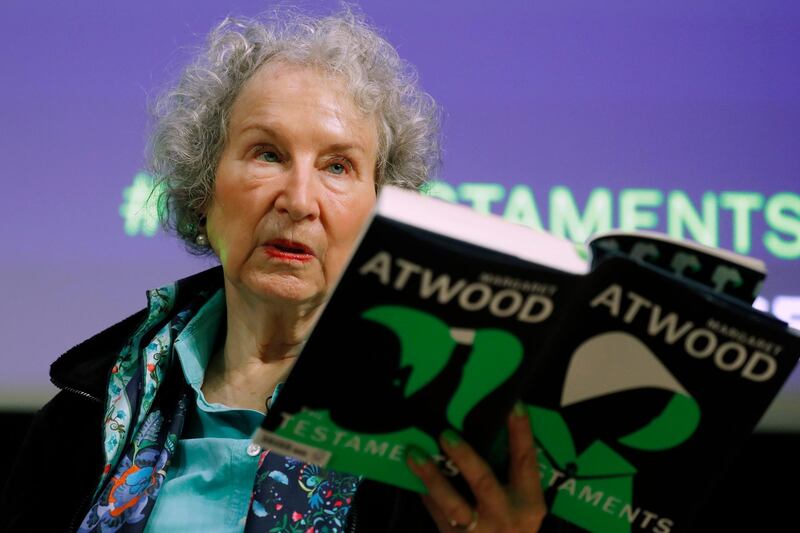The world’s most exclusive library is set to welcome another author.
Zimbabwe’s Tsitsi Dangarembga has been announced as the latest writer to join the Future Library Project, an environmental and cultural initiative conceived in 2014 that invites authors to contribute chapters to an anthology to be published in 2114.
Dangarembga, shortlisted for the 2020 Booker Prize for her novel This Mournable Body, will be the eighth writer submitting work to the project and joins acclaimed authors Margaret Atwood, David Mitchell and Ocean Vuong.
Dangarembga will have until spring 2022 to complete her piece, before it is delivered to the organisers in a special handover ceremony.
She was chosen by the library's committee, which bases its selections on those with "outstanding contributions to literature or poetry, and for their work's ability to capture the imagination of this and future generations.”
Speaking to The Guardian, Dangarembga provided few details regarding her contributed piece of work, but said she was at peace knowing that she won’t be alive to see its release and reception.
“I’m always my first audience. So I think as long as I’m satisfied, then I’ll be ready to let it go. I’ve been writing for a long time, and lots of things, without a great deal of feedback,” she said.
“A lot of my life has been writing into the void. So I’m used to writing into the void.”
While many of us won’t be around to get our hands on the anthology, the Future Library Project has become an intriguing story of its own.
Here are three things to to know about the initiative:
1. What is the concept?
Conceived by Scottish visual artist Katie Paterson in 2014, the project aims to collect an original piece of literature from one author annually, over the span of 100 years, for an anthology to be published in 2114.
At the launch of the project, 1,000 trees were planted in Norway's Nordmarka forest. Paper from the forest will be used to produce a limited run of copies.
According to Paterson, the synergy between writers producing literature and trees developing over a century elevates the project from being a literary exercise to a public artwork.
“Future Library is a living, breathing, organic artwork, unfolding over 100 years,” she said.
“It will live and breathe through the material growth of the trees – I imagine the tree rings as chapters in a book.”
2. Where is the Future Library Project housed?
Where do you find a book that is yet to be published?
Each of the Future Library Project's completed manuscripts are held in Oslo's Deichman Library.
The contributing authors' names are on display in a designated room, however, none of the manuscripts are on display.
For those more interested in the environmental elements of the initiative, you can visit the Nordmarka forest, a popular hiking destination north of Oslo, to see the 1,000 trees being grown.
GPS coordinates for the site can be found on the Future Library Project's website.
3. Which writers are involved?
The project began with a literary bang as Atwood became the first person to contribute a piece.
The Canadian Booker Prize-winning novelist and author of The Handmaid's Tale and The Testaments was immediately receptive to the idea.
"It is the kind of thing you either immediately say yes or no to. You don't think about it for very long," she said during a Danish tour in 2014.
"I think it goes right back to that phase of our childhood when we used to bury little things in the backyard, hoping that someone would dig them up, long in the future, and say, 'How interesting, this rusty old piece of tin, this little sack of marbles, is. I wonder who put it there?'"
Another author enthused by the concept is Turkish novelist Elif Shafak (The Island of Missing Trees and The Forty Rules of Love) who in 2017 became the fourth person to join the campaign.
“It’s a very unusual project, and they’ve put so much thought and heart into it – so much faith behind it,” she told The Guardian.
“This entire idea of writing a manuscript that will, hopefully, be read in the future is to me like writing a letter now and leaving it in a river. You don’t know where it will go or who will read it – you just believe in the flow of time.”
In addition to Dangarembga, other authors in the mix are the Icelandic poet Sjon, who joined the project in 2016, South Korean writer Han Kang, who joined in 2017 and Norway's Karl Ove Knausgaard who was invited in 2019.







